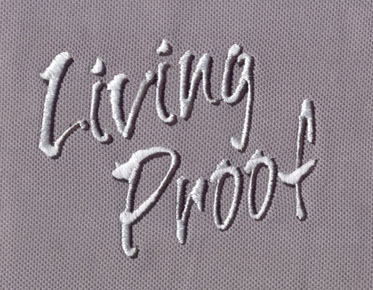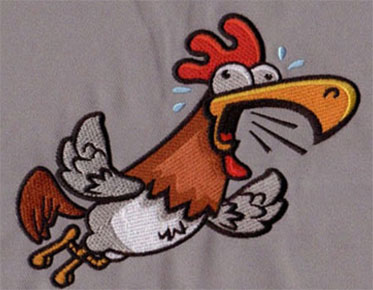Flat Stitch Embroidery And The Importance of Digitizing
Embroidery is a popular method for
decorating clothing, accessories, and other textile items. One type of
embroidery that is commonly used is flat stitch embroidery. This method
involves sewing designs onto a flat surface, such as a t-shirt or a tote bag.
In this article, we will discuss the process of flat stitch embroidery and the
importance of digitizing in this process.
Flat Stitch Embroidery: The Basics
Flat stitch embroidery is a versatile method that can be used to create a wide range of designs. It involves sewing a design onto a flat surface using a single layer of thread. The design is created by following a pattern, which can be created by hand or using a computer program. The design is then transferred to the fabric using a process called "hooping." This involves stretching the fabric over a hoop, which holds it in place while the design is sewn.
The Importance of Digitizing in Flat Stitch
Embroidery
Digitizing is the process of converting a design into a digital format that can be read by an embroidery machine. This process is crucial for flat stitch embroidery because it allows for greater precision and flexibility in the design process. Digitizing also enables the use of more complex designs and allows for the use of multiple colors and thread types.
Digitizing also allows for the use of different types of embroidery machines. A design that is digitized can be used on any machine that is compatible with the digital file format, which opens up a wide range of possibilities for production.
Quality Control and Efficiency
A professional digitizer also can ensure
that the design will be sewn in the right way and the final product will have
the best quality. Digitizing also allows for more efficient production times,
as the embroidery machine can work faster and more accurately than a human
hand.
Flat stitch embroidery is a popular method
for decorating textile items, and digitizing is an essential part of this
process. By converting designs into a digital format, digitizing allows for
greater precision, flexibility, and efficiency in the embroidery process. It
also enables the use of more complex designs and different embroidery machines.
Ultimately, digitizing is crucial for producing high-quality flat stitch
embroidery.



